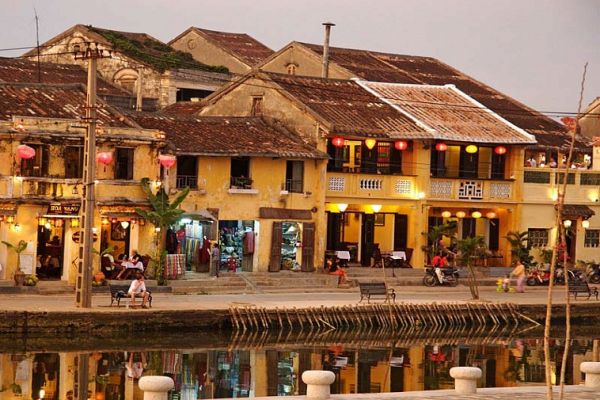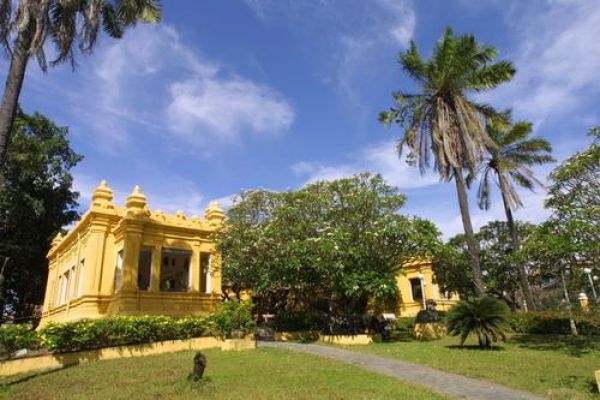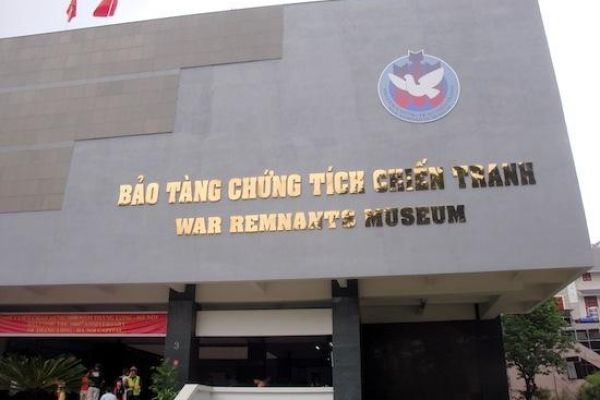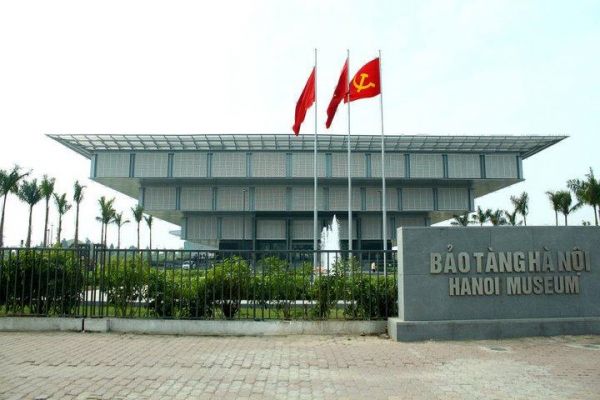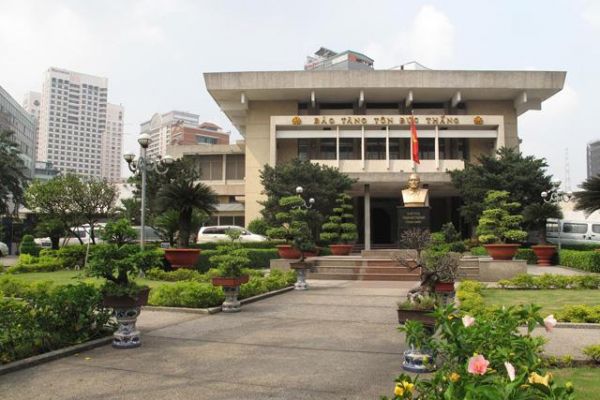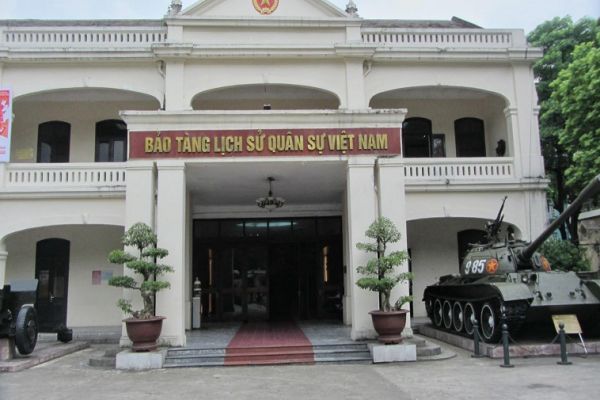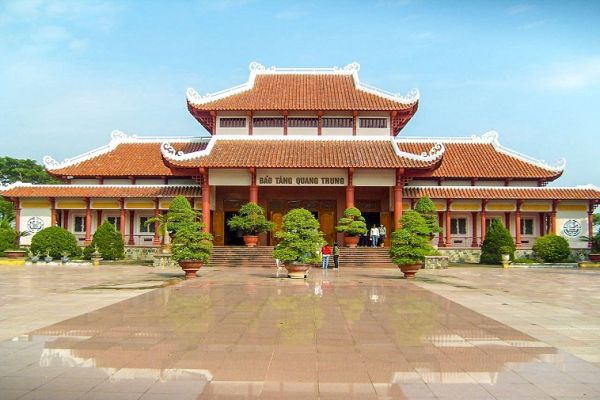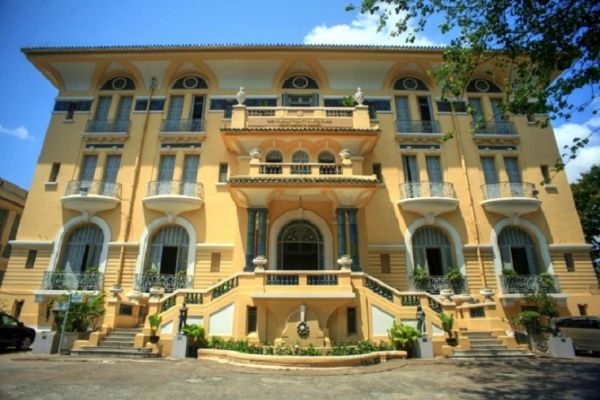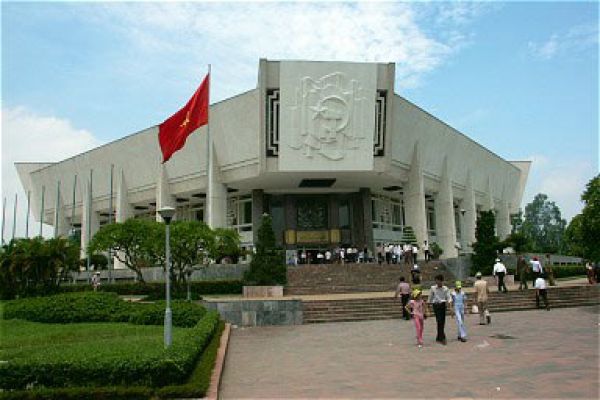Situated in Da Nang City, Cham Museum, built in 1915 according to the motifs of ancient Cham Architecture, is officially known as the Museum of Champa Sculpture. The kingdom of Champa controlled what is now south and central Vietnam from approximately 192 through 1697. In the late 15th century,the empire began to decline and became a Vietnamese vassal state in 1697, was finally dissolved in 1832. Today, the museum houses 297 stone and terracotta sculptural works made between the 7th and the 15th centuries. These all are impressive works typical of the Cham culture.
Influenced by the early Hindu civilization, the Champa kingdom was a federation of some smaller states called Mandala and comprised several ethnic groups.
The most important legacy of the Champa kingdom is located in Central Vietnam in the form of brick temples and towers which are scattered over the coastal lowlands and highlands. The structures date from between the 7th and 8th centuries to the 16th and 17th centuries and are concentrated in Quang Nam, Da Nang City, Khanh Hoa, Ninh Thuan and Binh Thuan.
Built in Cham architectural style, using thin lines that are simple and gentle, the museum shows an intensive and diverse collection of Champa sculpture dating from the 7th to the 15th centuries, when a matriarchal society prevailed.
The building was designed by two French architects, Delaval and Auclair, in imitation of the most commonly used aspects of Champa towers and temples. To day, the museum displays about 300 sandstone and terra-cotta sculptures, among which some are made from terracotta. The sculptures were collected from Cham temples and towers throughout Central Vietnam, specifically the area stretching from Quang Binh to Binh Thuan. All the sculptures are displayed in ten showrooms named after the localities where the pieces have been discovered.
After watching the pieces in the showrooms, tourists in Vietnam tours can visit exterior exhibitions. The arts of the Champa were chiefly sculpture, but the sculptures are only part of the religious architecture. The temples and towers themselves were considered to be sculptural artifacts and decorated on the exterior of their brick walls with bas-relief columns, flowers and leaves and worshipping figures between brick pillars. The tympana, lintels and the ornamental corner pieces are of sandstones carved with the figures of gods, the holy animals of the Hindus and flowers and leaves.
The artifacts displayed at the museum are altars, statues and decorative works collected from Hindu and Buddhist temples and towers. Champa sculpture displays various styles. Sometimes they were influenced by other cultures but no matter at what period or in what style the Champa artifacts were made they always displayed original characteristics.
Tourists in Vietnam travel to the museum will have the opportunity to appreciate the 8th centuries of evolution of Champa sculpture from its golden age to its decline. When standing before these artistic masterpieces you can comprehend the noblest ideal of art, the creation of the infinite from the finite. The 8th centuries of art at the Champa museum is a thick history book reflecting the ups and downs of Champa art. From inanimate stones came living art, and from these wonderful invaluable artifacts we can get the feeling that the warmth from the Champa artists' hand is still there, on the fine skin of the stone-timeless.
Visiting the museum, travelers can see again the glorious time of the past of a nation for whom both the passion for art and the creative talent were already at a very high level. The mysterious world of deities, the religious symbols, the curving lines of the bodies of dancing girls, the features of full swelling breasts, the smiles of a vague time, all of these are shown very lively and in much in details.
HT
(Collected)

